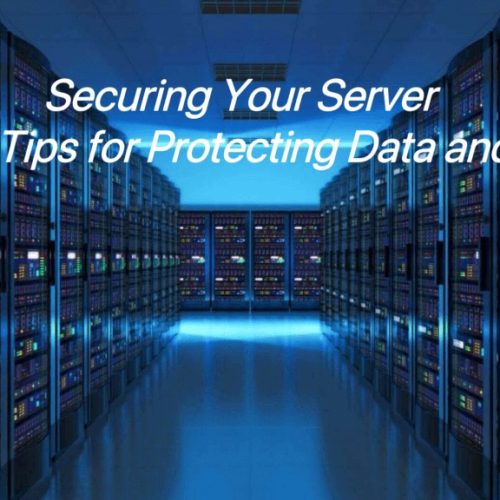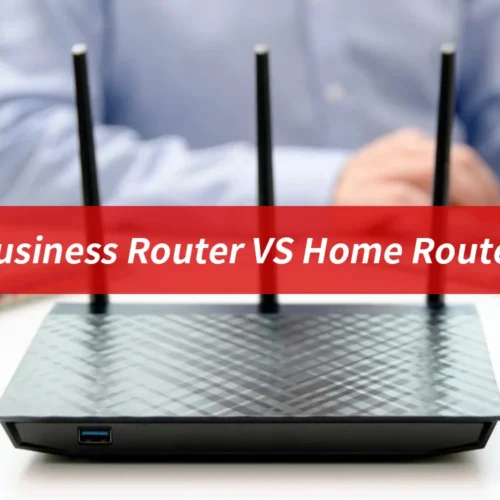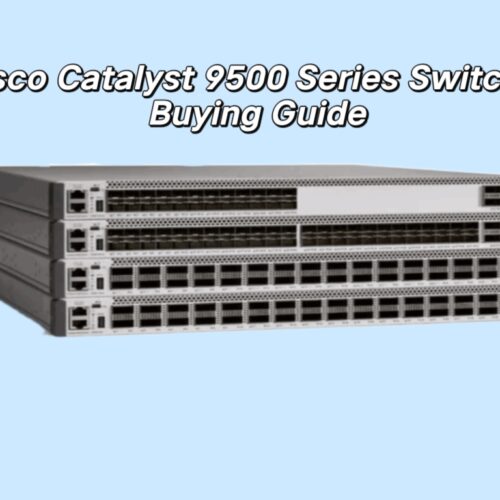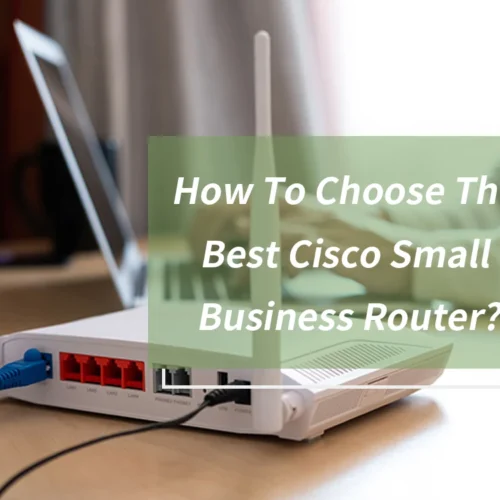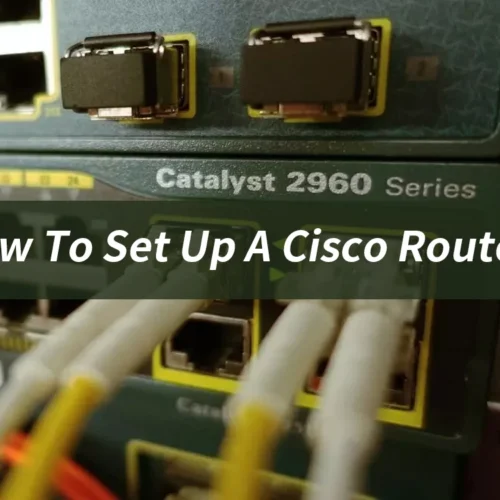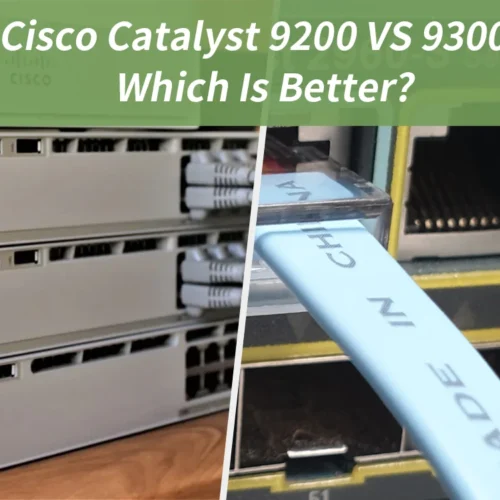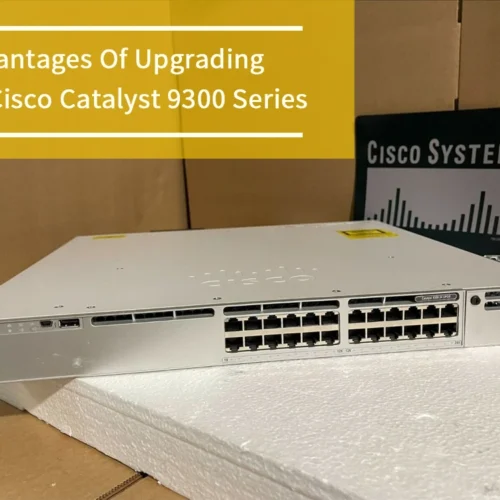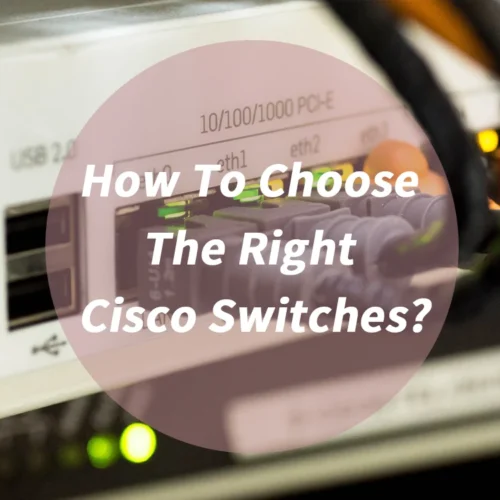Introduction:
What is a POE switch? PoE VS non PoE switch, what is the difference? This is a question for newcomers. Power over Ethernet switches enable transferring electric power and data. At the same time, non-PoE switches are simple switches that only transmit data and don’t transfer electric power. In short, Power over Ethernet switches are advanced and more useful than non-PoE switches. Now let’s take a more in-depth look.
What is a PoE switch?
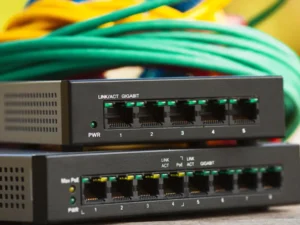
What is a PoE switch meaning? A PoE switch has the dual functionality of delivering power and data in a single switch. It has many Ethernet ports and helps connect devices such as Voice Over Internet Protocol (VoIP) phones, wireless access points, and IP cameras. The significant advantage of PoE switches is that they provide power to the devices. They have eliminated the use of separate power cables.
How does a PoE switch work?
The Power over Ethernet switch, also called PoE, works by delivering data and power from a single port. This duality makes them essential where there is no circulation of power. Devices can get power from the main switch on the Ethernet with a single cable.
Benefits of PoE Switches
PoE switches have many advantages that are clear from how they operate. Some more benefits of PoE network switches are listed below.
-
Simplicity:
PoE switch is also simple to set up and configure. The majority of PoE network switches can be connected to existing devices, so there is no need for complicated wiring or configuration. Additionally, the switches have built-in capabilities like port mirroring, VLANs, and QoS, which can help simplify network administration.
-
Cost-efficiency:
Another advantage of using PoE switches is their energy efficiency. PoE network switches may be set up to deliver the correct power to each connected device. By this means, they eliminate the requirement for a significant power source. This aids in lowering energy costs and may produce long-term savings.
-
Flexibility:
PoE-powered devices are portable and easy to use in locations without power outlets. PoE switches can therefore be installed in remote locations or areas farther from a power source. One example is security cameras because power outlets are seldom located above ceilings.
-
Future application:
The industry of the Internet of Things (IoT) is booming. When you incorporate the PoE network switches into your infrastructure, they will accommodate more devices. There is more space for future devices to connect with these switches.
Limitations of PoE Switches
However, you should be aware of some PoE variation restrictions:
-
Restrictions on distance:
In normal conditions, a PoE switch can transmit ethernet signals over a range of 100 meters. It challenges large campuses, restaurants, and businesses to implement and employ PoE switches. However, some devices help extend the range of PoE switches even further, such as power extenders and fiber-optic cables. With the help of these devices, we can use these cables at a greater distance.
-
Power:
Before using PoE switches, you must check their power capacity and compare it with your power demand. There are power and capacity limitations adopted by PoE standards and wattage.
Types of PoE Switches
Understanding the various available PoE network switch types is vital when selecting a switch. PoE network switches come in three main categories.
The Unmanaged PoE switch
An unmanaged PoE switch is simple to use and configure. This type of switch is not modifiable and does not come with any security features. Therefore, it is perfect for applications that don’t need intricate network configurations. Such as your home or a small network with no more than 5–10 computers.
The Managed PoE Switch
PoE-managed switches are more complex and need many configuration steps. Because they offer high levels of network security, control, and management. These switches are ideal for applications that need more control over the network, such as VLANs, QoS, port mirroring, and port security.
The Smart PoE Switch
Managed switches are comparable to smart PoE switches but have fewer features. These switches allow port configuration and virtual network setup. They have limited functions, such as their inability to troubleshoot and manage network issues.
What is a PoE switch used for?

Power over Ethernet (PoE) switches are vital for devices and networks that need power but also involve the transmission of data. Remotely controlled devices are increasing exponentially as companies use the Internet of Things (IoT). Every year, there is an addition of millions of devices in the world.
This rapid demand for Internet of Things devices has increased the demand for PoE switches. PoE switches have simplified IoT devices in a more significant manner. Hence, any device that requires both internet and power uses PoE switches.
Some of the devices are listed below.
VoIP Phones:
Voice Over Internet Protocol (VoIP) devices use PoE switches that allow such devices to be connected through a single port. PoE switches will enable you to control your VoIP device’s power remotely.
IP Cameras:
PoE switches are now used for IP and security cameras for many reasons. PoE switches are simple and they are cheap. They also support high resolution, which wasn’t possible for non-PoE switches. These switches are also helpful for fast deployment and simple repositioning of cameras. For these reasons, PoE switches are more suitable compared to non-PoE switches.
Wireless:
Most of the wireless access points are compatible with PoE switches. These devices benefit from PoE switches as they allow for remote positions. Furthermore, RFID readers are also PoE compatible, which allows for easy relocation.
PoE VS non PoE switch
PoE switches are advanced switches that enable them to carry power and data. At the same time, regular switches cannot carry electric power and data functions. Non-PoE switches have only one thing at a time and require separate data and electric power switches.
If you are adding security cameras to your home or thinking of using voice-over-IP phones, you will need to require PoE switches. PoE has added features for fast communication and supports more data per second. It also allows you to control the device’s power remotely.
Another difference between PoE VS non PoE switches is that they enable many connections on a single switch. You can reduce the cost of switches by using PoE for your existing network or installing new connections.
It is easy to convert your non-PoE switches or regular switches to PoE switches. There is great flexibility in PoE switches. Suppose you want to replace the whole infrastructure of non-PoE switches or just a few devices. PoE switches are compatible with many non-PoE switches and work more efficiently.
Can we convert a non-PoE switch to a PoE switch?
The answer is yes! You can convert your non-PoE switches to PoE switches with the help of an injector device.
As we already discussed, PoE switches are new and have been used, but many homes and offices still use non-PoE switches. Running two wires for a device or replacing millions of non-PoE compliant switches is not practical. In such a situation, we use injectors.
A PoE injector links up your PoE-enabled device to a non-PoE or normal switch. Particularly, a PoE injector connects a wireless access point, IP phones, and a security camera. Additionally, injectors can connect any IEEE 802.3af/at-powered device (PD) to a network switch.
How to select the Right PoE switches?
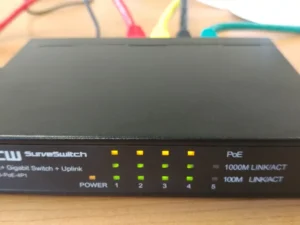
Consider some of its features to select the right PoE switch for your power requirements. Some of the essential features of PoE switches are given below:
-
Port speed:
Considering this aspect of the switch is essential. Right switches for specific demands are necessary; otherwise, there may be problems with its smooth functioning. The ports or slots available on the switch are called port count. Selecting a switch with the required ports is also essential to accommodate all devices.
-
Port type:
Some of the common port types are RJ45, SFP, and SFP+. Selecting the right port type is the most important task.
-
PoE budget:
It is the maximum amount of power that can be distributed to connected devices.
It’s necessary to select a switch with a PoE budget or total available power that can accommodate all of the devices.
-
Power savings:
These switches are designed to conserve energy by turning off dormant switches. Utilizing such ports can lead to reduced energy costs.
-
Port security:
This feature enables the protection of devices from unauthorized access.
Conclusion:
In this article, we have discussed the PoE switch meaning and PoE switch VS non PoE switch in detail. The PoE switches are advanced switches that can support power and data transmission. The PoE switches are recommended for security. They provide higher resolution for IP cameras compared to non-PoE switches.
Furthermore, PoE switches have many other applications as well. They are used for VoIP devices and other wireless devices. PoE switches are better than non-PoE switches in simplicity, flexibility, and cost. However, there are some limitations to using PoE switches, but technology is reducing these limitations.
If you are using non-PoE switches, don’t worry; you can also easily convert them into PoE without rolling out all of them. You need an injector to make your old switches PoE and use all of the features of PoE switches without much cost.

